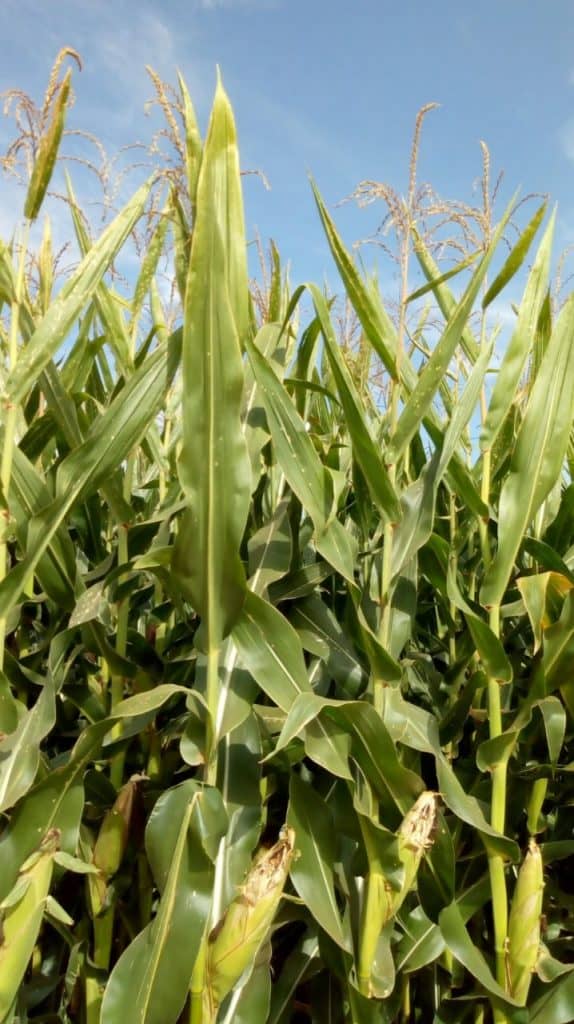Porto Alegre, September 27, 2022 – While the external environment tries to find the appropriate variables to define a clearer trend for prices, the Brazilian market of corn is focusing on planting the 2023 crop. Good rain in September, some light frost last week in the south, with the need for some replanting, but nothing serious so far. The fact is that planting is progressing within a good window, including soybeans, setting up a crop that is off to a good start. Meanwhile, the pace of export shipments is also doing well, with the only change being that exporters seem to find liquidity only for new business for December/January and no longer for the coming few months.
With the completion of the harvest of the 2022 second crop, the Brazilian market starts to focus its attention on the planting rhythm of the summer crop and exports until January. As we have reported in our newsletters, the summer crop has been planted in a great window, having reached 32% until last week in Brazil’s Center-South. Now, the rain is starting to arrive in the Southeast and Midwest, and the little corn of the 2023 summer crop will start to be cultivated. Last week, frost hit the highest regions of southern Brazil, with the possibility of some need for corn replanting. At first, no major problems arise at this point.
With the soybean planting also advancing quickly in Paraguay, western Paraná and southern Mato Grosso do Sul, the vision of planting the 2023 second crop also improves and may find a good window for production next year. The rain is also beginning to arrive this week in Argentina, and the neighboring country has a later planting cycle compared to Brazil.
In this environment, the focus is now on the weather over the summer crop. As the rain continues in good conditions, the focus will be on full summer crops for corn and soybeans. At this point, the big concern at the end of 2022 will be freeing up space for the arrival of a potential record soybean crop. Exports continue to provide good ballast for the 2022 second crop. Now, the line-up of Brazilian ports points to 27 million tons committed between February and October, with shipments proceeding in September and October. The October schedule could potentially reach 4/4.5 million tons.
The issue for exports is that from January onward, trading companies will change their logistics to soybeans and, from then on, corn export liquidity will lose strength or be concentrated only in some ports that have a later flow of soybeans, such as Rio Grande, for example. Trading companies are showing that international demand seems to be met for October and November, and there is still demand for December and January. The risk for the domestic market is that this demand will be met quickly, producers will need to boost sales at the end of the year to empty warehouses, and liquidity is only concentrated in domestic demand. We must repeat that there is no and there will not be any Chinese purchases of Brazilian corn until January 2023, therefore, the external demand is what we know at the moment.
Meanwhile, Paraguay continues to meet the most urgent demands of southern Brazil. In August, 330,000 tons were imported from this source, and the neighboring country will probably have the same logistics issues as of January, that is, freeing up warehouses for the entry of the soybean crop. At the end of January, the harvest begins in Rio Grande do Sul, and there will still be selling pressures from Paraguay and Mato Grosso do Sul in the Brazilian domestic market. The counterpoint of this movement is the flow of exports, which may still have good flow until January, as long as producers take advantage of this movement of demand from trading companies.
Follow the Safras Agency on our website. Also follow us on our Instagram and Twitter and stay on top of the main agribusiness news!
Agência SAFRAS Latam
Copyright 2022 – Grupo CMA

